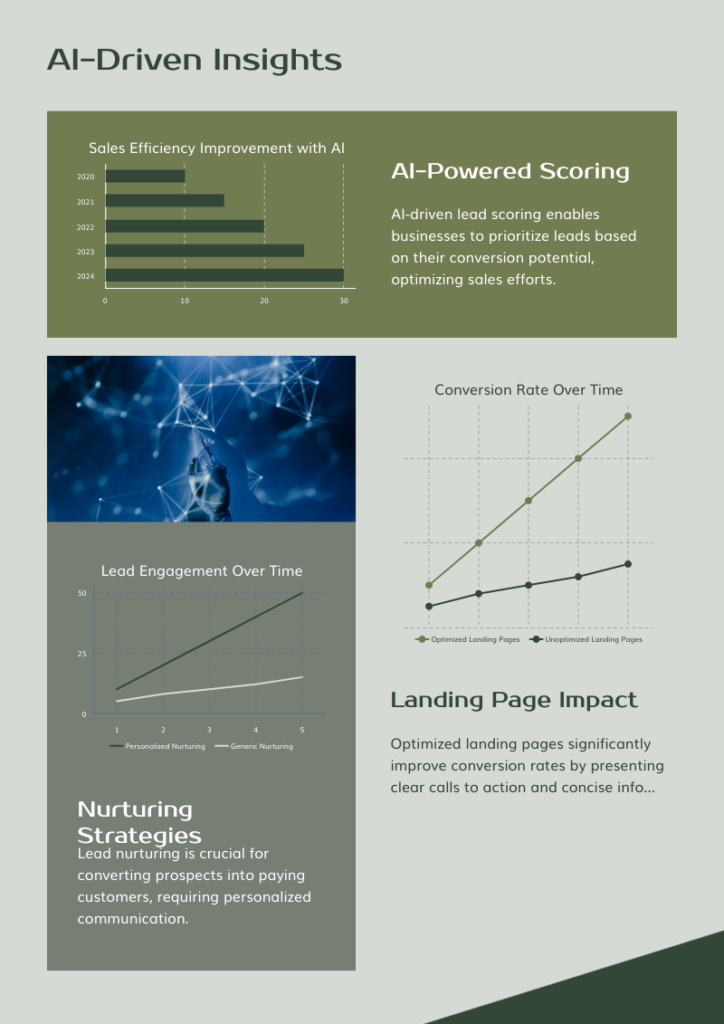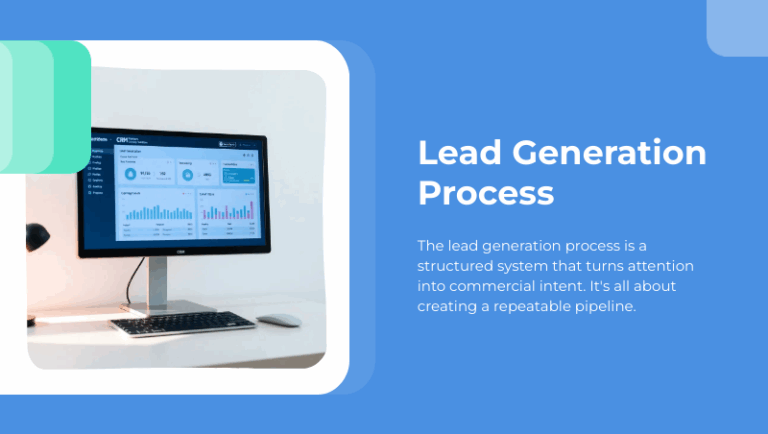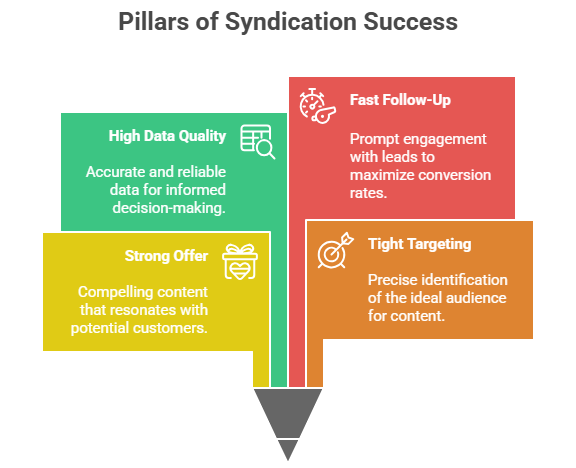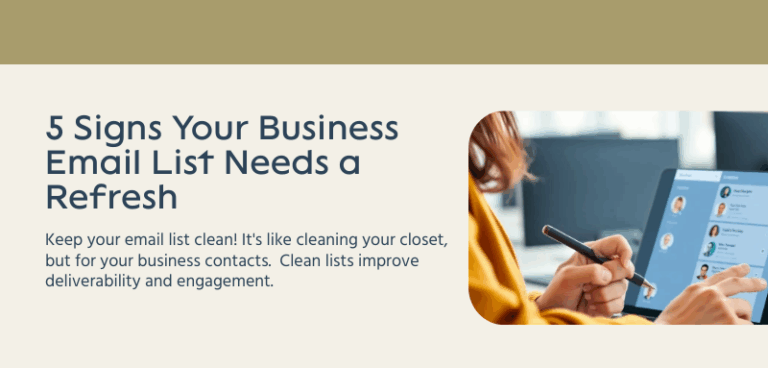
As we navigate through 2025, the integration of advanced technologies, particularly Artificial Intelligence (AI), has revolutionized the way SaaS companies attract and convert potential customers. This comprehensive review delves into the top SaaS lead generation tools, emerging trends, and strategic approaches that are shaping the industry today.
Abstract
This article provides an in-depth analysis of the current state of SaaS lead generation tools, focusing on the integration of AI and automation to enhance efficiency and effectiveness. We explore various tools and strategies that have proven successful in capturing and nurturing leads, offering insights into their functionalities and benefits. The review also highlights emerging trends in the SaaS industry, providing a forward-looking perspective on lead generation practices.
Lead generation is the lifeblood of SaaS companies, serving as the foundation for customer acquisition and revenue growth. With the proliferation of digital channels and the increasing sophistication of buyers, traditional lead generation methods have become less effective. In response, SaaS companies are leveraging advanced tools and technologies to identify, attract, and engage potential customers more efficiently. This review examines the leading SaaS lead generation tools and the trends influencing their development and adoption.j
Methodology
The selection of tools and strategies discussed in this article is based on a thorough analysis of industry reports, expert reviews, and user feedback. We considered factors such as functionality, user experience, integration capabilities, and the ability to deliver measurable results. The aim is to provide a balanced and comprehensive overview of the tools that are making a significant impact in the SaaS lead generation landscape.
Findings
1. Integration of AI and Automation
The integration of AI and automation has become a cornerstone of modern lead generation strategies. Tools equipped with AI capabilities can analyze vast amounts of data to identify patterns and predict customer behavior, enabling more targeted and personalized outreach. For instance, platforms like Saleshandy utilize AI to automate email outreach and follow-ups, enhancing efficiency and ensuring timely engagement with prospects.
Key Features:
- Automated Email Sequences: Schedule and send personalized emails based on user behavior and engagement metrics.
- AI-Powered Reply Categorization: Automatically sort and prioritize email responses, allowing sales teams to focus on high-potential leads.
- Performance Analytics: Track open rates, click-through rates, and reply rates to optimize email campaigns.
2. Comprehensive CRM Solutions
Customer Relationship Management (CRM) systems have evolved to become integral components of lead generation strategies. Platforms like HubSpot CRM offer a suite of tools designed to attract, engage, and delight customers throughout their journey. With features such as contact management, email tracking, and live chat, HubSpot CRM enables businesses to manage interactions seamlessly and nurture leads effectively.
Key Features:
- Contact Management: Maintain a centralized database of lead information, including interaction history and engagement levels.
- Email Tracking: Receive real-time notifications when leads open emails, facilitating timely follow-ups.
- Live Chat and Chatbots: Engage website visitors in real-time, answer queries, and capture lead information.
3. AI-Powered Lead Scoring and Personalization
Advanced lead scoring mechanisms powered by AI allow businesses to prioritize leads based on their likelihood to convert. By analyzing behavioral data and engagement history, these tools assign scores to leads, enabling sales teams to focus their efforts strategically. Personalization features further enhance engagement by tailoring content and communication to individual preferences.
Key Features:
- Predictive Analytics: Utilize AI to forecast lead conversion probabilities based on historical data.
- Behavioral Tracking: Monitor lead interactions across various touchpoints to assess interest and intent.
- Customized Content Delivery: Deliver personalized content recommendations to leads, enhancing their journey.
4. Multi-Channel Outreach Platforms
Engaging leads across multiple channels is crucial for maximizing reach and conversion rates. Platforms like Apollo.io provide a unified solution for multi-channel outreach, combining email, phone, and social media interactions. This holistic approach ensures consistent messaging and increases the chances of connecting with prospects.
Key Features:
- Integrated Communication Channels: Manage email, phone calls, and social media outreach from a single platform.
- Sequencing and Automation: Create automated outreach sequences to maintain consistent communication with leads.
- Analytics and Reporting: Gain insights into outreach performance across different channels to optimize strategies.
5. Specialized Lead Generation Agencies
For SaaS companies seeking external expertise, specialized lead generation agencies offer tailored services to drive growth. Agencies like Belkins focus on multi-channel outreach, appointment setting, and CRM integration, providing a comprehensive approach to lead generation. Their data-driven strategies and personalized campaigns have proven effective in securing qualified leads for SaaS businesses.
Key Services:
- Targeted Outreach: Develop and execute campaigns aimed at specific buyer personas.
- Appointment Setting: Schedule meetings between qualified leads and sales representatives.
- CRM Integration: Ensure seamless data flow between lead generation activities and CRM systems.
Supporting Trends and Insights in SaaS Lead Generation
To back up the claims made in this article, let’s explore the latest industry data on SaaS lead generation trends, tools, and best practices. This section presents statistics and insights that highlight the importance of AI-driven solutions, multi-channel engagement, and evolving customer behaviors.
1. Growth of the SaaS Industry and Demand for Lead Generation Tools
The SaaS market is experiencing rapid growth, which directly impacts the need for efficient lead generation strategies:
- The global SaaS market is expected to reach $908 billion by 2030, growing at a CAGR of 18.7% from 2023 to 2030. (Source: Grand View Research)
- 85% of SaaS businesses consider lead generation their top priority, with companies allocating an average of 40% of their marketing budget to lead acquisition. (Source: HubSpot)
- 68% of B2B SaaS companies struggle with lead conversion, making it essential to optimize tools and strategies. (Source: Forrester)
2. The Rise of AI and Automation in Lead Generation
Artificial intelligence (AI) and automation are transforming SaaS lead generation, making it more efficient and targeted:
- 80% of marketers using AI in their lead generation process report an increase in qualified leads. (Source: Salesforce)
- AI-powered lead scoring improves sales efficiency by 35%, allowing sales teams to focus on high-intent prospects. (Source: McKinsey)
- Automated email sequences generate 320% more revenue than non-automated campaigns. (Source: Campaign Monitor)
- AI chatbots have a conversion rate of up to 33%, significantly improving customer interactions and lead capture. (Source: Drift)
3. Importance of Multi-Channel Lead Generation
Relying on a single lead generation channel is no longer effective. Multi-channel engagement ensures broader reach and higher conversions:
- Multi-channel campaigns achieve 37% higher engagement than single-channel campaigns. (Source: Omnisend)
- 79% of B2B buyers expect companies to communicate with them on multiple platforms, including email, LinkedIn, and live chat. (Source: Gartner)
- LinkedIn outreach alone contributes to 45% of B2B SaaS leads, making it one of the most powerful channels. (Source: LinkedIn Sales Solutions)
- Companies using LinkedIn Sales Navigator report a 30% increase in response rates compared to standard outreach methods. (Source: LinkedIn)
4. Effectiveness of Lead Nurturing Strategies
Lead nurturing plays a crucial role in converting prospects into paying customers. Here’s why businesses must prioritize it:
- Companies that excel at lead nurturing generate 50% more sales-ready leads while lowering acquisition costs by 33%. (Source: Marketo)
- Personalized email nurturing campaigns increase lead engagement rates by 82%. (Source: Instapage)
- Retargeting campaigns increase conversion rates by 147%, keeping prospects engaged even after they leave your website. (Source: AdRoll)
5. Impact of Landing Page Optimization on Lead Generation
Optimized landing pages significantly improve conversion rates. Here’s the data to support this claim:
- Companies with 10-15 optimized landing pages experience a 55% increase in conversions. (Source: HubSpot)
- Reducing form fields from 4+ to just 3 increases conversion rates by 25%. (Source: Unbounce)
- A/B testing different landing page elements improves lead acquisition rates by 30-40%. (Source: VWO)
6. The Role of Data Analytics in Lead Generation Success
Data-driven decision-making is key to improving lead generation outcomes. Companies using analytics see better results:
- Businesses using predictive analytics see a 76% increase in lead conversion rates. (Source: Forbes)
- Real-time data tracking and AI-powered insights reduce lead response times by 60%, improving overall engagement. (Source: Salesforce)
- SaaS companies leveraging CRM-integrated analytics tools achieve an ROI increase of 45% from their lead generation efforts. (Source: Gartner)
7. SaaS Lead Generation Challenges and How to Overcome Them
Despite advancements in technology, SaaS businesses still face several lead generation challenges:
| Challenge | Data-Backed Solution |
| Low conversion rates | A/B testing landing pages can improve conversion rates by 40% (Source: VWO) |
| Poor lead quality | AI-powered lead scoring improves sales efficiency by 35% (Source: McKinsey) |
| Slow response times | Real-time AI chatbots boost lead conversion by 33% (Source: Drift) |
| Ineffective email campaigns | Automated sequences generate 320% more revenue (Source: Campaign Monitor) |

Deep Dive: How to Choose the Right SaaS Lead Generation Tool
With a wide array of SaaS lead generation tools available, choosing the right one for your business can be challenging. Here’s a step-by-step approach to help you evaluate and select the best tool for your specific needs.
Step 1: Identify Your Lead Generation Goals
Before selecting a tool, clearly define what you want to achieve. Common goals include:
- Increasing website conversions (capturing more leads through forms and pop-ups)
- Enhancing email outreach (automating cold email campaigns and follow-ups)
- Improving lead scoring (prioritizing high-quality leads using AI-powered insights)
- Boosting multi-channel engagement (leveraging email, social media, and phone outreach)
Step 2: Assess Key Features
Different tools specialize in different aspects of lead generation. Here’s a breakdown of must-have features based on your business needs:
| Feature Category | Key Features to Look For | Best for Businesses That… |
| Lead Capture | Pop-ups, exit-intent forms, chatbots | Focus on inbound marketing |
| Email Outreach | Email automation, personalization, analytics | Conduct cold outreach or nurture email leads |
| Lead Scoring | AI-driven qualification, behavioral tracking | Need to prioritize high-value prospects |
| CRM Integration | Syncing with Salesforce, HubSpot, or other CRMs | Already use a CRM for lead management |
| Multi-Channel Support | LinkedIn outreach, phone calling, SMS follow-ups | Engage leads across different communication channels |
| AI & Automation | Predictive analytics, auto-follow-ups | Want to streamline and enhance lead conversion |
Step 3: Compare Pricing Models
Pricing plays a crucial role in tool selection. SaaS lead generation tools typically follow these pricing models:
- Freemium – Basic features for free, with paid upgrades (e.g., HubSpot CRM)
- Subscription-Based – Monthly or annual fees based on usage (e.g., Apollo.io)
- Pay-Per-Lead – Pay only for qualified leads (e.g., Belkins)
Evaluate which model aligns best with your budget and expected ROI.
Best Practices for Maximizing SaaS Lead Generation Tools
Once you’ve selected the right tool, optimize its performance with these best practices:
1. Personalize Outreach with AI & Behavioral Data
Personalization is key to increasing engagement. AI-powered tools analyze behavioral data and suggest the best time and content to engage prospects.
Pro Tip: Use AI-generated subject lines and message variations for higher open rates.
2. Optimize Landing Pages for Conversion
Your lead capture forms should be simple and compelling. Test elements such as:
- Shorter forms (fewer fields increase conversions)
- Clear call-to-action (CTA) (e.g., “Get a Free Demo” or “Start Your Trial”)
- A/B testing (test different headlines, layouts, and CTA buttons)
3. Leverage Multi-Touchpoint Engagement
Potential leads may require multiple interactions before converting. Strategies to increase touchpoints include:
- Retargeting ads to website visitors who didn’t sign up
- Email sequences that gradually educate leads about your SaaS product
- Social selling through LinkedIn and Twitter direct engagement
Emerging Trends in SaaS Lead Generation (2025 and Beyond)
1. AI-Driven Conversational Marketing
AI chatbots and voice assistants are becoming more sophisticated in handling lead inquiries and guiding prospects through the sales funnel.
- Examples: ChatGPT-powered chatbots that provide real-time SaaS product recommendations.
- Impact: Faster responses and improved lead qualification.
2. Predictive Lead Scoring
AI can now predict which leads are most likely to convert, allowing businesses to allocate sales resources more efficiently.
- Key Tools: 6sense, MadKudu, Infer
- Benefit: Higher sales efficiency and reduced wasted efforts.
3. No-Code & Low-Code Lead Generation Tools
Businesses without developer resources are increasingly using no-code platforms to build lead capture workflows.
- Popular Platforms: Zapier, Outgrow, Unbounce
- Advantage: Faster deployment and customization without coding skills.
FAQ: Common Questions About SaaS Lead Generation Tools
1. What’s the difference between inbound and outbound lead generation tools? Inbound tools focus on capturing leads from website traffic, while outbound tools help with direct outreach (e.g., cold email, LinkedIn automation).
2. How do I measure the success of my lead generation tool? Track metrics such as lead conversion rate, response rate, cost per lead (CPL), and sales-qualified leads (SQLs).
3. Can small businesses afford high-end SaaS lead generation tools? Yes, many tools offer scalable pricing or freemium plans that grow with your business.
4. How can I improve my cold email response rates? Personalize your messages, use AI-driven subject lines, and test different send times to optimize open and reply rates.
Conclusion
Selecting the right SaaS lead generation tool requires a clear understanding of your goals, key features, and pricing models. By integrating AI-driven solutions, optimizing engagement strategies, and staying ahead of emerging trends, businesses can create a sustainable lead generation pipeline that fuels growth. Implementing best practices and regularly measuring performance will further ensure that your lead generation efforts deliver maximum ROI.
With the right tools and strategies, your SaaS business can efficiently attract, nurture, and convert high-quality leads, positioning itself for long-term success in an increasingly competitive digital landscape.



